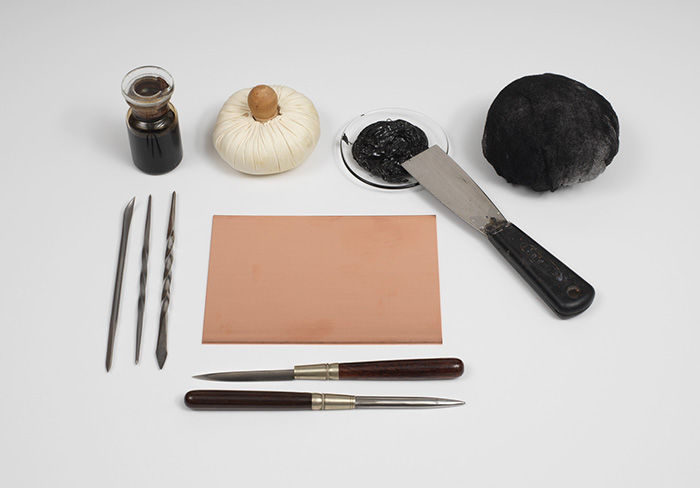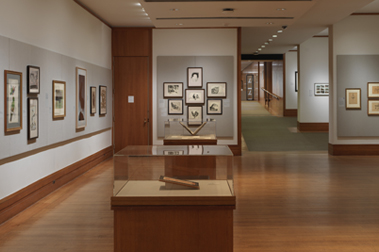A River Side, Devon
Sir Francis Seymour Haden British
Not on view
Seymour Haden was the unlikely combination of a surgeon and an etcher. Although he pursued a very successful medical career, he is mostly remembered for his etched work as well as for his writings on etching. He was one of a group of artists, including James McNeill Whistler (1834–1903) and Alphonse Legros (1837–1911), whose passionate interest in the medium led to the so-called etching revival, a period that lasted well into the twentieth century. The extolling of etching for its inherent spontaneous qualities reached its pinnacle during this time. While the line of the etching needle, Haden wrote, was "free, expressive, full of vivacity," that of the burin was "cold, constrained, uninteresting," and "without identity."
A steep river bank in Werrington, Devon, with extensive vegetation and trees.
"Trial Proofs: (b) The plate is re-bitten, and the trees to the right of the centre of the plate are shaded with horizontal lines. There is also some additional work in the water, and the reflections now touch 'Seymour' and 'Haden'"
[Source: Harrington, p. 63]
"State II (Hb). The plate was rebitten. Especially evident is the work on what appears to be an oak tree-the one behind that on extreme right-and the tree at right center of the plate shaded with horizontal lines. There is additional work in the water and the reflections now touch the signature."
[Source: Schneiderman, p. 253]

